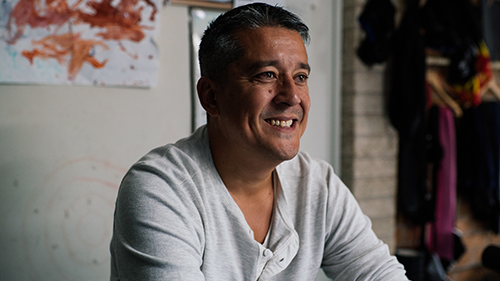On this page:
What is workplace bullying?
- is directed towards a worker or group of workers.
- creates a risk to health and safety.
Instances of one-off behaviour are not bullying. However, it's important to deal with one-off issues, as these have the potential to get worse.
Reasonable management actions are also not bullying. These include things like performance management and directing tasks.
Learn more about workplace bullying on the SafeWork Australia website.
What is sexual harassment in the workplace?
Learn more about workplace sexual harassment on the SafeWork Australia website.
Causes of bullying, harassment and poor behaviours at work
- taking steps to prevent them from occurring
- responding quickly if they do occur.
- creating a positive and respectful work culture in which poor behaviours are not tolerated
- preventing poor behaviour.
Visit the SafeWork Australia website to learn more about an employer's responsibility to prevent and manage risks to mental health at work
Examples of bullying and poor work behaviours
- be verbal, physical or online
- take place outside of work and outside of work hours
- be intentional or unintentional.
- being abusive, insulting or offensive
- being aggressive or intimidating
- making belittling or humiliating comments
- treating someone differently from others in a negative way
- playing practical jokes
- giving unfair feedback or making unfair complaints about someone
- excluding someone from work activities
- setting unfair timelines
- constantly changing deadlines
- setting tasks that are much too simple or difficult for a worker's role
- withholding information, supervision, consultation or resources needed to work
- spreading harmful information or rumours about a person
- changing work arrangements (e.g. a roster or leave) that you know are difficult for a worker to achieve.
If behaviour involves assault, violence or fear for safety, you should contact the police.
If you experience or witness any such behaviours, it can affect your health or wellbeing. If it is, make time to talk to someone about how you're feeling.
Find a mental health professional
The impacts of workplace bullying and harassment
It can cause a lot of stress, which can lead to mental health conditions such as anxiety and depression.
People who are experiencing workplace bullying or harassment can also be at increased risk of suicide.
Bullying and harassment can also cause:
- panic attacks and disturbed sleep
- reduced self-esteem and confidence
- feelings of loneliness and isolation
- impacts to relationships both in and out of work
- reduced work performance
- physical illness (such as muscle tension, headaches and stomach problems).
What to do if you’re being bullied or harassed
Actions to consider
- Find out if your workplace has policies on bullying and harassment.
- Take notes describing what happened – including when and where it occurred as well as anyone else who was present.
- Advise someone appropriate at your work, for example, your manager. If your workplace has a policy in place, it should outline who else you could speak to.
Work health and safety regulators can provide advice on raising issues of bullying and harassment at work.
Find out who regulates and enforces work health and safety laws where you live.
If the issue can’t be resolved in the workplace, or if it continues even after you’ve taken action, you can apply for an order to stop the bullying.
Visit the Fair Work Commission website.
If you have experienced assault or fear for your safety, contact the police.
Seek support for your mental health
It can help to talk about what you’re going through.This could be by contacting an Employee Assistance Program (EAP) if your workplace has one. If you don’t have an EAP, a GP can be a good place to start. We can also help you find other support that’s right for you. This could include talking to our counsellors.
Learn how to get mental health support.
Supporting someone at work
When you witness workplace bullying or harassment
- call it out at the time if you feel safe to do so
- record the details of what happened
- report the risk to an appropriate person
- talk to the person being bullied about what happened. Check they’re OK, and encourage them to seek support.







